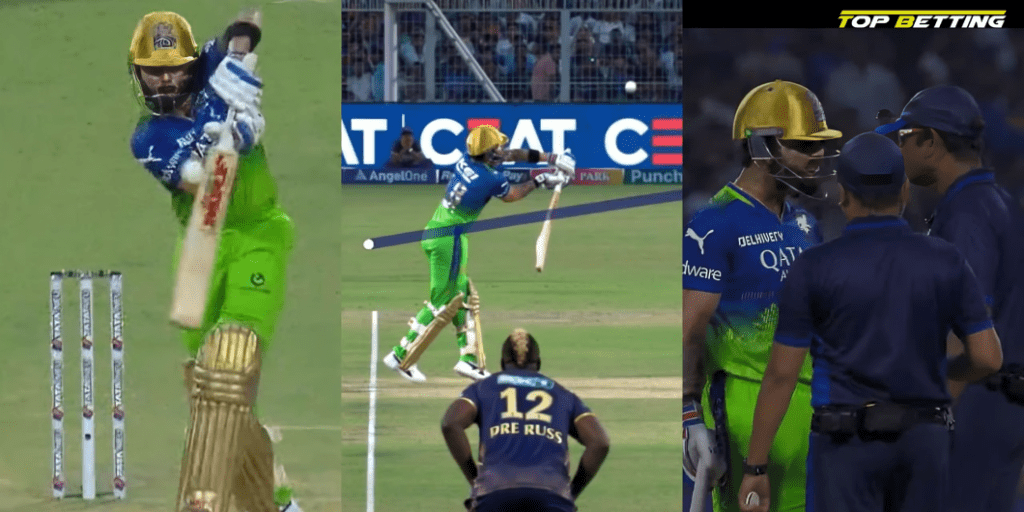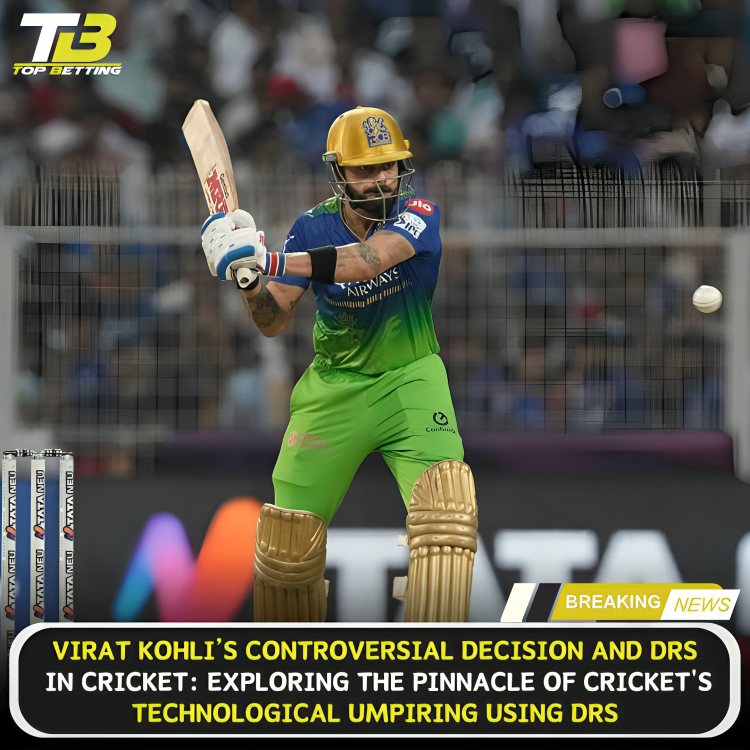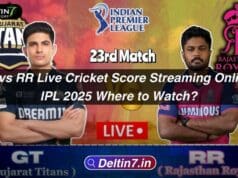
Virat Kohli Controversial Decision and DRS
In the realm of sports, the integration of technology into officiating has become a pivotal discussion point, and cricket has arguably set the benchmark for others to follow. The Decision Review System (DRS), first introduced in Test cricket in 2008, has evolved into an essential aspect of the game, enhancing the accuracy and fairness of decisions while maintaining the spirit of cricket.
The Genesis and Evolution of DRS
The inception of DRS can be traced back to the early 2000s, driven by the need to reduce glaring umpiring errors that could potentially alter the course of matches. Initially met with skepticism, the system was put through rigorous testing and validation, including partnerships with institutions like the Massachusetts Institute of Technology to refine the technology. What began as a basic tool for adjudicating lbw decisions has expanded to include reviews of catches, boundaries, and more recently, no-balls automatically monitored by the TV umpire.
Technological Components and Their Impact
The core of DRS includes technologies such as Hawk-Eye, UltraEdge, and Hot Spot. Hawk-Eye uses cameras to track the trajectory of the ball, helping determine lbw decisions and whether the ball hit the bat first or the pad. UltraEdge detects sound frequencies to ascertain faint edges, while Hot Spot employs infrared imaging to visually confirm whether the ball has struck the bat. These technologies not only bring transparency to the proceedings but also enhance the viewer’s experience by offering a deeper insight into the umpire’s decision-making process.
The Human Factor: Umpires at the Heart of DRS
Despite the high-tech aids, the role of the umpire remains central to the DRS process. Former elite umpire Simon Taufel emphasized that composure and effective communication are crucial. Umpires must convey their decisions clearly and concisely, ensuring that all players, on-field officials, and viewers understand the rationale behind each call. This clarity is akin to the precision required in professions such as air traffic control, where the stakes and the need for unambiguous communication are similarly high.
Challenges and Critiques: The Path to Perfection
While DRS has significantly reduced the number of incorrect decisions, it is not without its challenges. The system’s dependency on technology means that any malfunction can lead to controversies. Furthermore, the interpretation of ‘soft signals’ and the consistency of third-umpire decisions continue to stir debates among players, experts, and fans alike.
Virat Kohli Decision
A landmark incident involving Virat Kohli during a match against Royal Challengers Bangalore highlights the system’s effectiveness yet also its limitations. Kohli, misjudging a waist-high no-ball, was ultimately dismissed due to precise data from DRS, underscoring the system’s utility in upholding the laws of the game, despite initial disputes.
DRS and Its Future Trajectory
Looking forward, the evolution of DRS seems geared towards even greater integration of technology. The introduction of specialist television umpires, as seen in the ILT20, indicates a move towards dedicated roles that leverage technological expertise to enhance decision accuracy. The ongoing refinements in DRS, such as the recent adjustments to no-ball monitoring, reflect a continual effort to align technology with the dynamic nature of cricket.
Conclusion: Embracing Technology while Honoring Tradition

Cricket’s journey with DRS exemplifies how sports can balance tradition with technological advancement. The system not only supports umpires in making more informed decisions but also instills a deeper trust in the adjudication process among players and spectators. As cricket continues to globalize and attract a diverse audience, the role of technology in preserving the integrity of the game becomes increasingly indispensable.
This embrace of technology, spearheaded by cricket, offers a blueprint for other sports grappling with similar challenges, proving that innovation, when thoughtfully applied, can enhance the sport without detracting from its essence.











